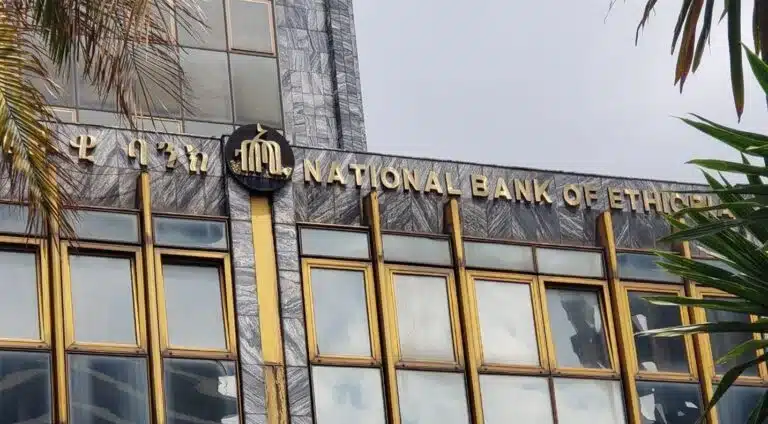Ethiopia’s Rate Hold, Credit Expansion: Growth Cushion or Inflation Trap?
Ethiopia’s MPC kept rates at 15% (ETH-MPC-IR) but raised the credit ceiling to 24% (ETH-CREDIT-CEIL). Inflation eased to 13.6%, yet liquidity stress and external risks linger. A cautious hybrid, unlike Kenya, Ghana, or Nigeria.

Ethiopia’s Monetary Policy Committee (MPC) has opted for a cautious but calculated approach, holding the benchmark policy rate at 15 percent (ETH-MPC-IR) while raising the credit growth ceiling to 24 percent for fiscal year 2025/26. This dual decision underscores the country’s attempt to navigate a fragile balance: sustaining economic momentum without reigniting the inflationary surge that only months ago was eroding household purchasing power and investor confidence.
The decision to keep rates steady signals restraint. Inflation has cooled from 18.8 percent year-on-year to 13.6 percent (ETH-CPI), a meaningful disinflationary gain in an economy historically prone to price instability. By refraining from rate cuts, the MPC preserves policy credibility and reassures markets that price stability remains a core priority. Yet by simultaneously lifting the ceiling on credit expansion, regulators are cautiously unlocking room for banks to provide additional liquidity to productive sectors, most notably agriculture, manufacturing, and services, which have been sustaining GDP growth.
This mixed stance is not without risks. Ethiopia’s banks are already grappling with elevated loan-to-deposit ratios (ETH-BNK-LDR), forcing greater reliance on standing lending facilities and interbank markets to manage liquidity. A higher credit ceiling could strain balance sheets further if not accompanied by disciplined lending practices. Moreover, while disinflation has set in, the economy remains vulnerable to external shocks—import price pressures, volatility in remittance inflows, and swings in export earnings could quickly reverse the downward inflation trend.
The MPC has emphasized that the ceiling will not be lifted entirely to avoid undermining “disinflation gains.” The warning is prescient: rapid credit expansion in the absence of structural reforms could easily morph into asset bubbles or widen current account pressures. Equally, credit growth as a policy lever is a blunt instrument. At 24 percent (ETH-CREDIT-CEIL), banks may be incentivized to chase high-yield opportunities, potentially pushing capital into less productive or riskier segments of the economy.
Still, Ethiopia’s external metrics have improved. Rising exports (ETH-EXPORT), steady remittances (ETH-REMIT), and early gains in tourism (ETH-TOUR) are giving the central bank more breathing room. If carefully managed, the credit ceiling increase could channel capital into sectors that support external balance—manufacturing for export, logistics, and services—creating a virtuous cycle of growth financing that does not destabilize the currency or inflation outlook.
In a regional context, Ethiopia’s cautious hybrid strategy contrasts with its peers. Kenya’s CBK recently raised its base rate to 13 percent (NSE:KEN-CBK-IR) to fight persistent inflation, while Ghana’s BoG has kept rates at 29 percent (GSE:GHA-IR) in response to currency and fiscal pressures. Nigeria, meanwhile, has opted for aggressive tightening with the MPR at 26.75 percent (NGX:NGA-MPR) to stabilize the naira amid capital outflows. Ethiopia’s decision to keep its rate flat but expand credit ceilings indicates a different calibration: growth support without headline loosening, a middle path between Ghana’s hawkishness and Nigeria’s defensive tightening.
For investors and regional observers, the key signal is that Ethiopia is edging closer to a more orthodox, market-based monetary framework. The reduction in reliance on direct central bank financing and the increased use of ceilings and liquidity tools indicate institutional maturity. However, the challenge lies ahead: converting headline credit growth into productive capital formation while keeping inflation anchored.
Ethiopia’s monetary policy, therefore, stands at a crossroads. The ceiling lift could be remembered as the pivot that underpinned a new phase of stable growth—or, if mismanaged, as the trigger that reignited inflationary pressures and exposed structural fragilities. The next 12 months will determine which narrative prevails.





